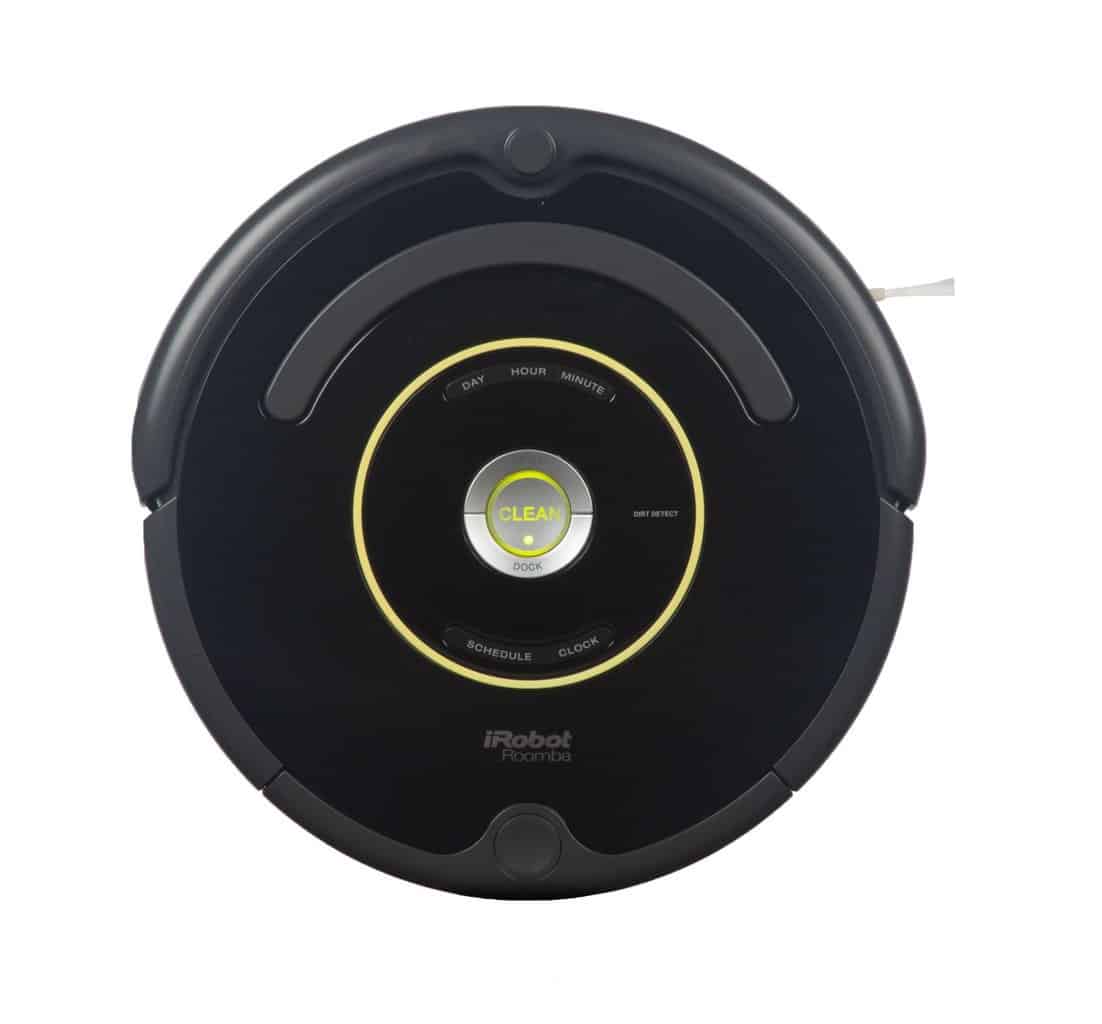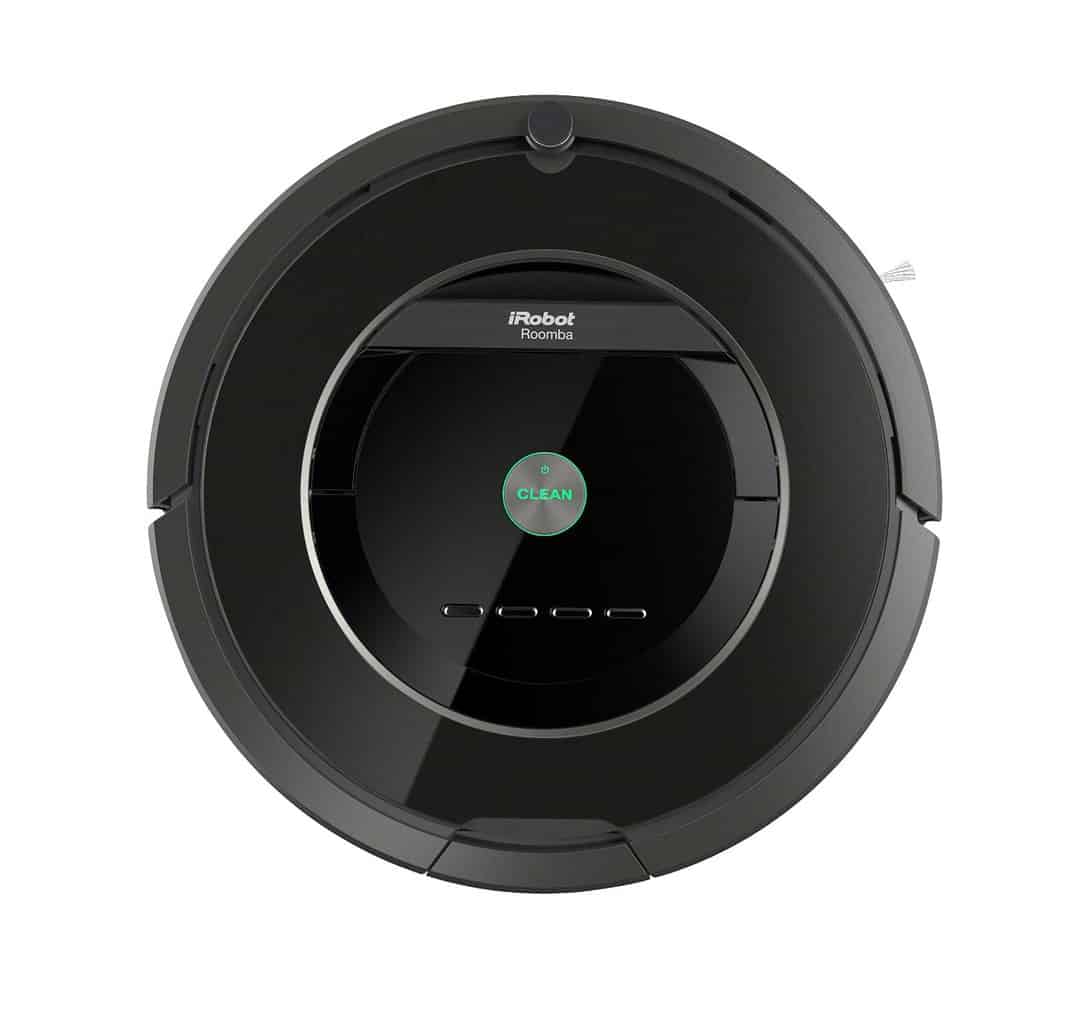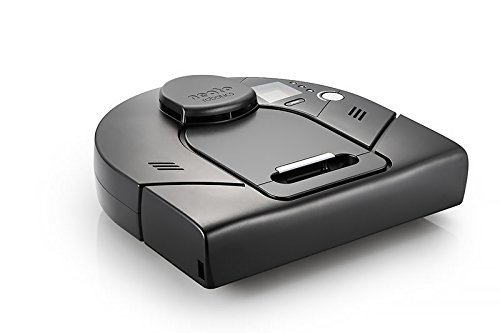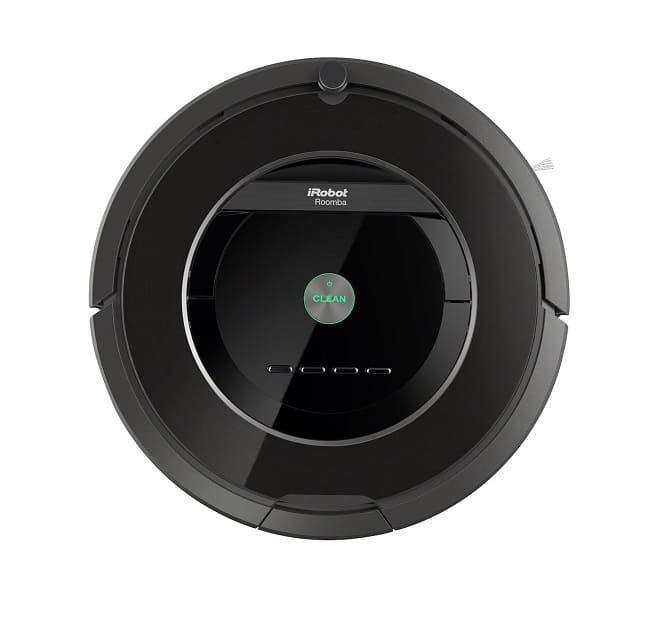Best Robotic Vacuum Cleaners
Robotic vacuum cleaners have swept in to capture the world's imagination. The idea of a set-it-and-forget-it device that can clean your home while you do other things is a powerful one, and these devices have been flying off store shelves. With a wide array of models and features available on the market, choosing the right one can be a tough choice. They don't come cheaply, either. So, knowing what to look for in a robotic vacuum is crucial, and in this report, we'll examine what you need to consider before purchasing one.
What is a Robot Vacuum Used For?
These units are primarily designed to perform light cleaning duties. Essentially autonomous sweepers, they are great for removing localized dirt that naturally accumulates on the floor like dust bunnies and small detritus. Their ability to handle larger messes is usually limited to higher-end units, so if you accidentally knock over a plant don't expect it to make it vanish.
Before you purchase one, decide if a robotic vacuum cleaner is right for you. Is your home reasonably clear of obstructions such as toys, area rugs and curtain tassels? Do you frequently have large concentrations of dirt? Pets and toddlers can also interfere with their operation, so these factors need to be considered as well. But if regular, light cleaning is what you're looking for, you'll likely find them to be an enormous convenience.
What Are Important Features for a Robot Vacuum?
There is a host of features to consider when buying a robotic vacuum cleaner, and no two models are exactly alike. However, some qualities are essential and are worth the extra cost, so consider the following when making a buying decision.
Obstacle detection
Your vacuum will need to be able to properly detect obstacles in its path and be able to move around them accordingly. Stairs, in particular, can be a challenge as dirt can be detected on them; if the unit doesn't recognize it as a stair it can be hung up trying to clean it rather than turning around. Rough edges from carpeting are another challenge for some lower-priced units. The key is to buy a robot with excellent obstacle detection, available to sense when its path is blocked and allow it to move around it.
Multi-Surface Ability
Another feature that distinguishes higher-end units is the ability to seamlessly transition between hard flooring and carpeting. Not only do they need to be able to be able to handle the transition to a different floor type, they need to be intelligent enough to be able to change their cleaning style to match the surface. Cleaning an area rug or carpet takes more power than simply sweeping a hard floor, so the vacuum should have a dual mode for differing floor types.
Dirt Detection
Some cheaper units will operate randomly for a preset time before concluding the job is done, unaware that they have missed sections of dirt. The vacuum you buy should have an intelligent dirt-sensing ability, able to hunt down dirt and know when the job isn't finished. Some models are even able to spend more time on areas that need more cleaning.
Bin Size
Depending on the size of your home, you'll need to consider the bin size and dirt capacity of the unit. Some vacuums have limited amount of dirt-carrying space, so larger surface areas will require larger storage.
Scheduling and Progammability
Want to be able to have your vacuum clean your house or apartment while nobody's home or in the middle of the night? You'll need a unit that comes equipped with a scheduling function so it knows when to perform its duties. This is an extremely useful feature for those with large families and it allows the vacuum to work undisturbed, and, in turn, do its job much more efficiently.
If you are content to let your vacuum roam everywhere, this programmablility is not essential. However, if you want the ability to limit its scope, consider a unit with a higher degree of programmability. With these models, it's possible to configure the cleaner and limit its operation to a predefined area, so that it doesn't wander through open doors or fall down open staircases, for instance.
What is the Best Robotic Vacuum Cleaner?
What Models Did We Consider
Based on the opinions of both the critics and the consumers we took a look at three models: the iRobot Roomba 650, the iRobot Roomba 880, and the Neato Signature XV and compare each to determine which one packs the most punch for the dollar.
iRobot Roomba 650 Review

iRobot has been in the robotic vacuum game for a while, and their line of Roomba vacuums shows. The Roomba 650 would be considered a mid-range device. It lacks any meaningful firmware upgrades over the 500 series, having only essentially increased the size of the dust bin and brush types. This unit can run about an hour between charges, which is among the best in its class and features an ultrasonic dirt detection device which it uses to find and pick up an impressive collection of dirt. It does have a feature allowing the setting of "virtual" walls to limit the scope of operation, however, its effectiveness is minimal. It seems to have difficulty transitioning between rooms and is more likely to bumble around aimlessly when put into a single room than moving methodically throughout a home. Object detection is fairly straightforward, and the little vacuum is able to negotiate them fairly easily. The 650's controls are intuitive, with easy to use buttons for cleaning and returning to its home dock. It handles all basic robotic vacuum functions well for the price, and while it's not perfect, the pros definitely outweigh the cons.
Digital Trends rates it a 4.5 out of 5, calling it a good choice for small bedrooms, noting that the 650 transitions well from floor to carpet in some cases while having difficulty with larger height differentials. Productreview.com gives it a 4.4 out of 5 notes that the larger dust bin means improved suction power.
iRobot Roomba 880 Review

iRobot's Roomba 880 is a definite upgrade over the 650 series and has the price tag to match. It comes with a host of improvements over previous models, most notably it's new AeroForce brushless technology. Bristles have been replaced with rubber "collectors", and uses an air current to force dirt into the bin. It comes with a black finish and features handles for easy transportation. The dustbin is removable and is easily detached from the unit. A remote control gives direct access to the vacuum's operations without bending over, and this version's "virtual wall" feature is far superior over the 650, ensuring that the robot won't cross the established lines. Not only that, you can create what are called "virtual lighthouses", using the remote to establish clear paths that the vacuum should follow throughout the house or apartment to ensure maximum coverage. But for overall room transition, the 880 is a significant upgrade over the 650.
iRobot's Roomba 880 is a definite upgrade over the 650 series and has the price tag to match. It comes with a host of improvements over previous models, most notably it's new AeroForce brushless technology. Bristles have been replaced with rubber "collectors", and uses an air current to force dirt into the bin. It comes with a black finish and features handles for easy transportation. The dustbin is removable and is easily detached from the unit. A remote control gives direct access to the vacuum's operations without bending over, and this version's "virtual wall" feature is far superior over the 650, ensuring that the robot won't cross the established lines. Not only that, you can create what are called "virtual lighthouses", using the remote to establish clear paths that the vacuum should follow throughout the house or apartment to ensure maximum coverage. But for overall room transition, the 880 is a significant upgrade over the 650.
The Roomba 880 is easy to program, and it's level of sophistication is evident. It allows you to schedule cleaning times, for those with large families or if you want to have your home vacuumed while you are away. The unit also features a large "clean" button for manual operation; simply push the button and the machine will go about its merry way, cleaning and sucking up dirt. As well, it handles floor transitions - from hard flooring to carpeting - with ease.
CNET rates it 4 out of 5 for overall usability and effectiveness. The largest drawback they noted is the maintenance required, as the air filters need to be cleaned and maintained regularly, something not encountered with traditional bristle technology.
Neato Signature XV Review

Neato XV Signature Pro
The Neato Signature XV is designed to directly compete with iRobot's Roomba 650, although it packs a heavier weight into its small frame, is less aesthetically pleasing, and can be quite noisy. It's slightly more expensive than the 650 but in some ways can challenge the Roomba 880. While larger than these units - it weighs 8.5 pounds - it's still portable enough to move from room to room, if necessary.
The unit uses a laser guided sensing system to seamlessly navigate obstacles and find dirt. This system allows it to keep track of not only where it's been, but where it still needs to go, making it much more effective than the seemingly random paths taken by the Roomba 650. More importantly, the Signature is able to transition from hard floors to carpets with ease, even able to negotiate carpet tassels without a hitch. The brush system is just as effective on carpets as it is on hard floors, automatically sensing when more power is needed. A scheduling function allows you to program the unit to vacuum when you're not home, although it does not come equipped with a remote control, similar to the iRobot Roomba 650.
While the suction power is good, one flaw the unit is its ability to extract dirt from corners. The bristle system seems to work best on flat surfaces, whether carpeted or not, and dirt tends to get missed in corner areas. As well, the battery life is definitely inferior to the Roomba models, meaning less roaming capacity and more frequent chargings.
PC Mag rates a 4 out of 5 for overall satisfaction.
The Final Verdict:

Looking at the features offered between the three models, the iRobot Roomba 650 seems to deliver the best value for the dollar, however the 880 is an exceptionally worthy upgrade. For room navigation, it operates perfectly well avoiding obstacles, however the 880 and the Signature are better at whole-floor navigation. Regarding cleaning power, the Roomba 650 again is a solid match for both the 880 and the Signature. Multi-surface capability goes to the 880, which does a better job at transitioning between flooring types; however, the Roomba 650 and the Signature are also quite adept at surface transitinos. Finally, for price, the Roomba 650 wins hands down for value. So while the Roomba 880 offers a list of improved features over both the 650 and the Signature XV, the Roomba 650 is the best combination of value, ability and usability.

